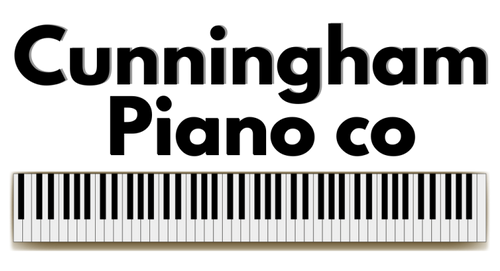Discover why Peabody Institute, Juilliard & top conservatories choose Yamaha SX Series pianos. Learn about revolutionary A.R.E. technology & benefits.
Landmark acquisition showcases Yamaha's cutting-edge A.R.E. technology and the growing preference for SX Series pianos in prestigious conservatories
Yamaha has just announced a groundbreaking partnership with the Peabody Institute at Johns Hopkins University, America's oldest conservatory, in what marks the largest institutional piano acquisition in the company's history. The collaboration includes more than 16 Yamaha SX Series Pianos, demonstrating why these exceptional instruments are becoming the preferred choice for the world's most prestigious music institutions.
The Peabody Institute joins an impressive and growing roster of elite institutions that have chosen Yamaha SX Series pianos, including UCLA, The Juilliard School, the University of North Texas, and Berklee College of Music. This trend among top-tier conservatories and music schools reflects a fundamental shift in how institutions view piano quality and value, with the SX Series offering performance characteristics that rival the most prestigious European brands at a more accessible price point.
The Science Behind the Sound: Yamaha's Revolutionary A.R.E. Technology

At the heart of what makes the SX Series so special is Yamaha's patented Acoustic Resonance Enhancement (A.R.E.) technology – a revolutionary wood treatment process that gives new pianos the warmth and resonance of instruments that have been played for decades.
A.R.E. is an original wood reforming technology developed by Yamaha. Through precise control of temperature, humidity, and atmospheric pressure, the molecular properties of wood can be manipulated into a more acoustically ideal condition, similar to the molecular characteristics of wooden materials in instruments that have been played for years. This breakthrough process is completely environmentally friendly, using no chemicals whatsoever.
How A.R.E. Creates "Vintage" Sound in New Instruments

The technology works at the cellular level of the wood. Wood is made up of fibrous cellulose and resinous lignin, and a substance known as hemicellulose that binds these together. When sound vibration is transmitted to a wood board top, non-uniform areas of uncrystallized cellulose interfere with the transmission of vibrations.
Through the A.R.E. process, the crystallization of cellulose increases and the wood becomes harder in the direction of the grain. As it becomes harder in the direction of the grain, wood becomes softer across the grain. This difference in physical properties depending on direction is called "anisotropy". This enhanced anisotropy allows the wood to respond exceptionally well when played, extending the low range while providing crisp clarity in the high registers.
The result? You find yourself embraced in a richly expressive sound with a beautifully sustained resonance – the same qualities that make century-old vintage pianos so highly prized, but available immediately in a brand-new instrument.


